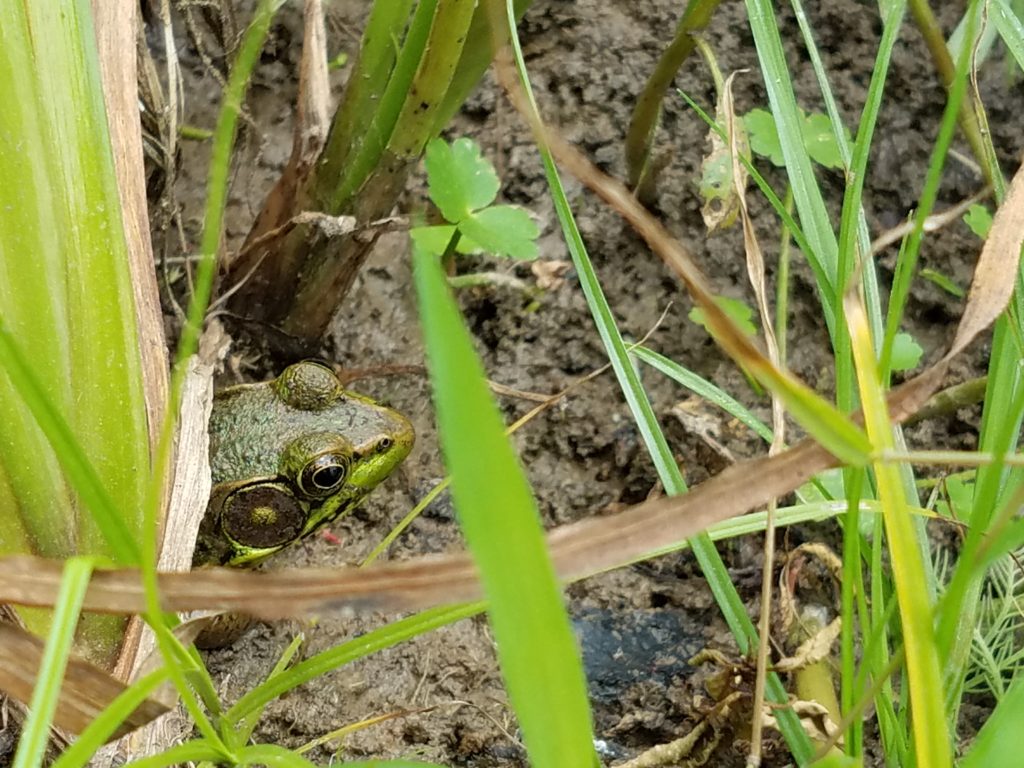
On Thursday, March 9th, the U.S. Department of Agriculture (USDA) made up to $15 million available for conservation partnerships that provide technical and financial assistance for on-farm wetland conservation in fiscal year (FY) 2017. These funds are made available through the Natural Resource Conservation Service’s (NRCS) Wetland Reserve Enhancement Partnership (WREP), a key component of the Agricultural Conservation Easement Program (ACEP).
Through WREP, NRCS collaborates with states, local government offices, non-profit organizations, and American Indian tribes to help landowners preserve and enhance wetlands on their property. Potential partners may submit WREP proposals for an individual landowner project, watershed, or geographic area. Once NRCS selects a partner’s proposal, interested landowners within the selected project area will submit an application directly to NRCS for participation. Individual landowner applications will be evaluated and ranked among other applicants in the WREP project area.
In this year’s announcement, NRCS noted that it will pay particular attention to projects seeking to improve water quality, as well as those that seek to preserve and protect wildlife habitats on working land in priority areas (e.g., the Chesapeake Bay). Project proposals must be submitted to appropriate NRCS state offices by April 24, 2017 to be considered for the FY 2017 applicant pool.
Program Background and Financing
Wetlands enhance farmland ecosystems and the surrounding environment by providing habitat for at-risk species on and around working lands, reducing the impacts of flooding, and protecting water quality.
Two categories of funding are available for partner and producer projects: financial assistance and technical assistance.
Financial assistance is available to projects seeking to manage and restore existing easements, as well as for those hoping to enroll new land in a permanent easement or under a 30-year contract. It should be noted that through the financial assistance option, project partners must provide in-kind or cash contributions of at least 25 percent of the project costs.
Technical assistance is offered for project partners that are seeking to support or expedite the design, planning, and monitoring processes of existing wetland easements. Partners providing technical assistance through WREP are expected to match at least 50 percent of a project’s cash or in-kind services.
Eligibility and Proposal Evaluation
In order for a project proposal to qualify for a wetland easement, the proposed easement must be:
- Farmed or converted wetlands adjacent to land that is functionally dependent on these wetlands
- Flooded cropland/grassland that has been used for agricultural production in the past
- Farmed wetlands and adjoining lands enrolled in the Conservation Reserve Program (CRP) that will return to production after they leave CRP
- Riparian areas linking protected wetlands
- Wetlands that would contribute to the functional value of an easement.
Once proposed lands are deemed eligible, proposals will be assessed and evaluated by NRCS state conservationists. Below, we provide a breakdown of the evaluation criteria for FY 2017, which differs from both the 2016 and 2015 proposal evaluation criteria.
- 28 percent of the ranking points will be assigned based on an evaluation of the partner contribution, including in-kind contributions.
- 20 percent of the ranking points will be assigned based on whether a proposal conserves wetlands in priority areas, including Mississippi River Basin Initiative areas, National Water Quality Initiative areas, Working Lands for Wildlife areas, or state priority areas recognized by the State Technical Committee.
- 12 percent of the ranking points will be assigned based on an evaluation of a proposal’s ability to plan and assess a project.
- The remaining 40 percent of the ranking points will be assigned based on an evaluation of the probably resource outcomes of the project.
To find out more about WREP, click here. To learn more about ACEP and other USDA conservation programs, refer to the National Sustainable Agriculture Coalition’s Grassroots Guide to Federal Farm and Food programs.


We live on a 120+ Acre campus which was carved out of wetlands which were farmed until the 1980’s here in Oberlin, OH. As a not for profit “continuing care” community, we contribute huge volumes of “in kind” hours to our environment through initiatives like the John Bartram Arboretum. We could use support for better planning and management of our riparian and pond areas.